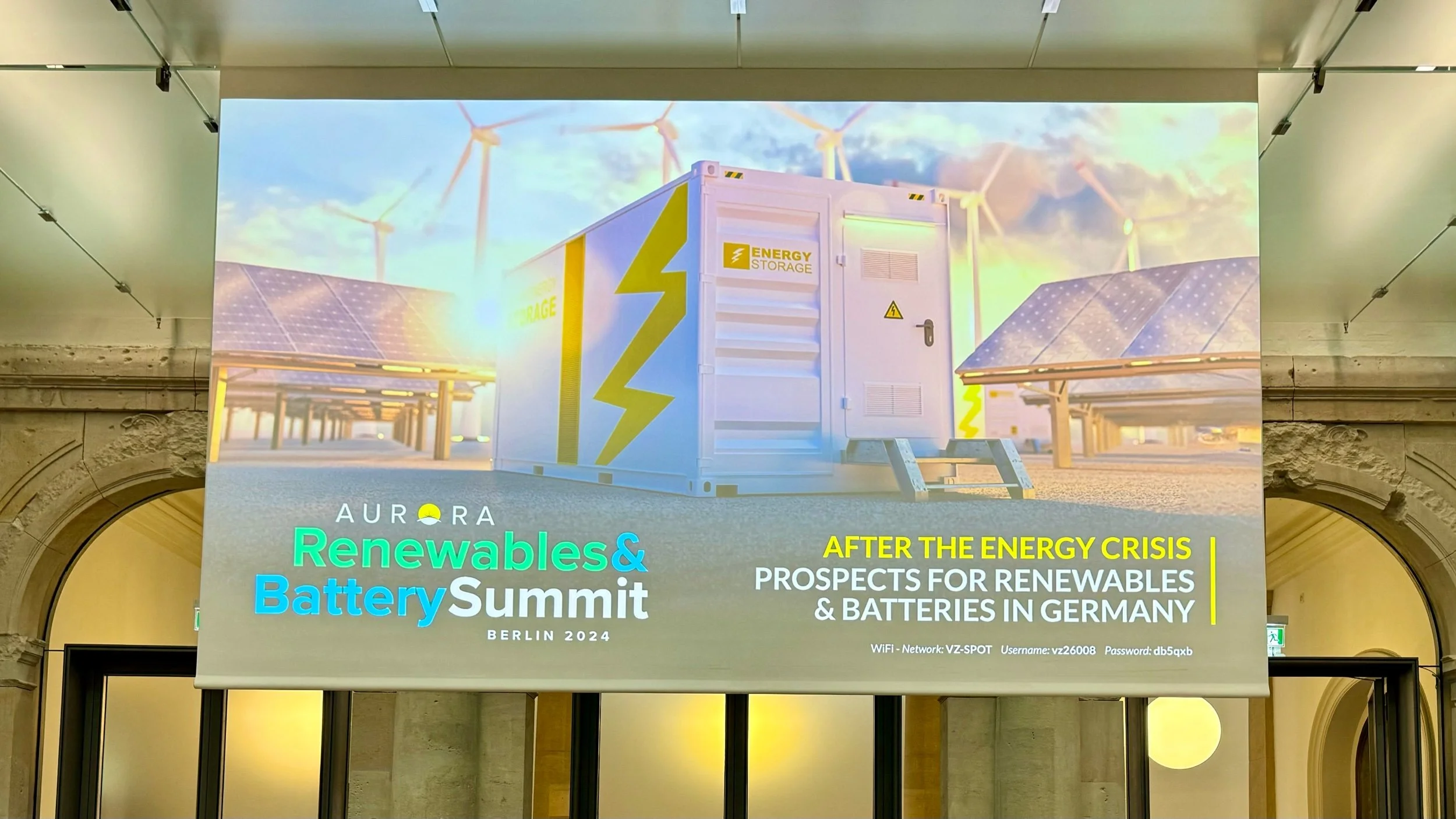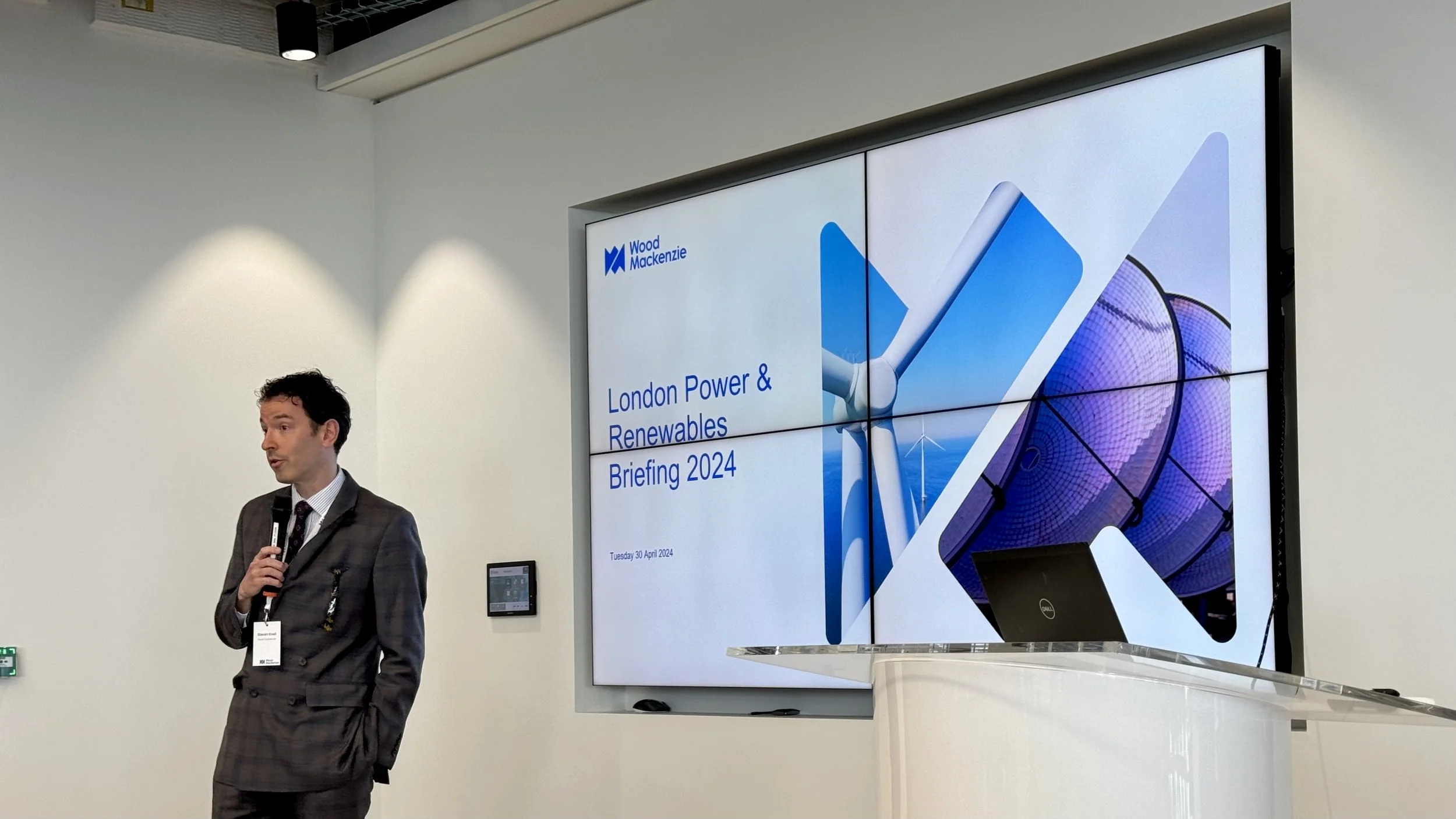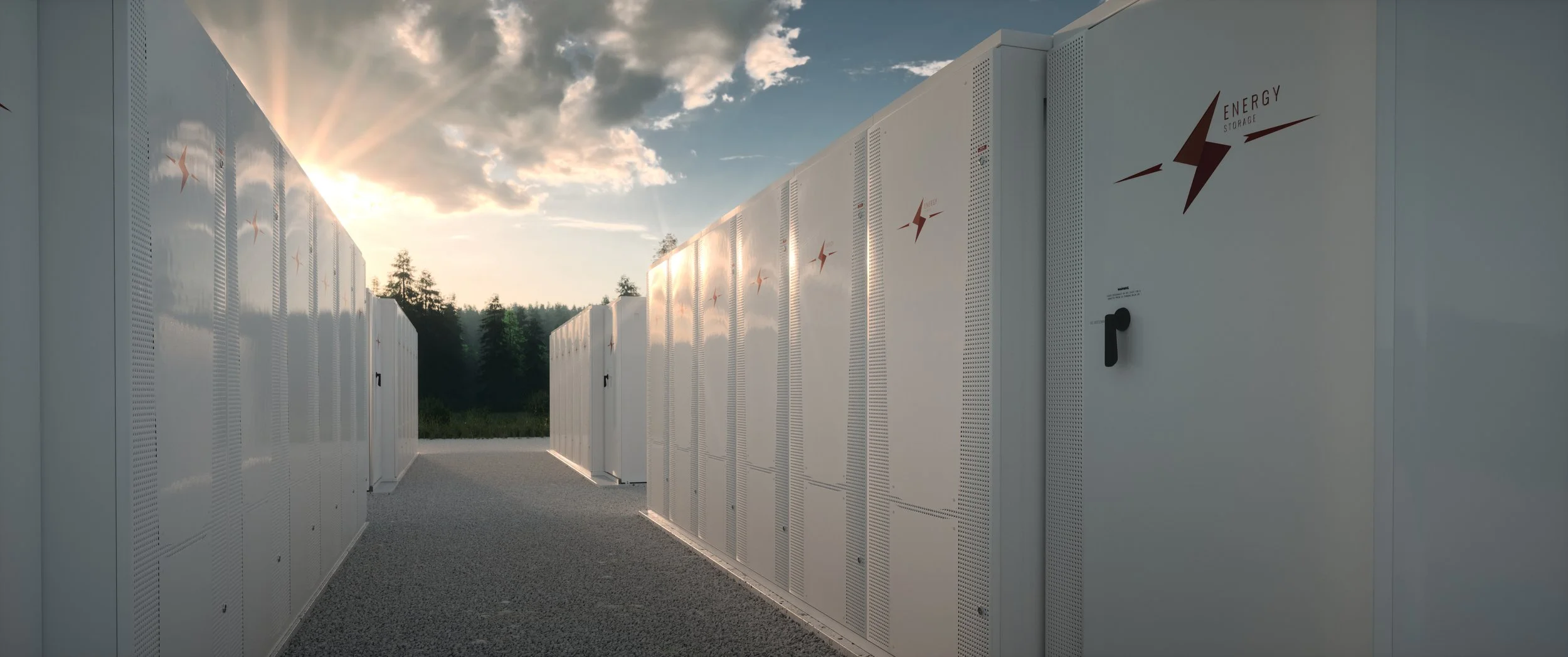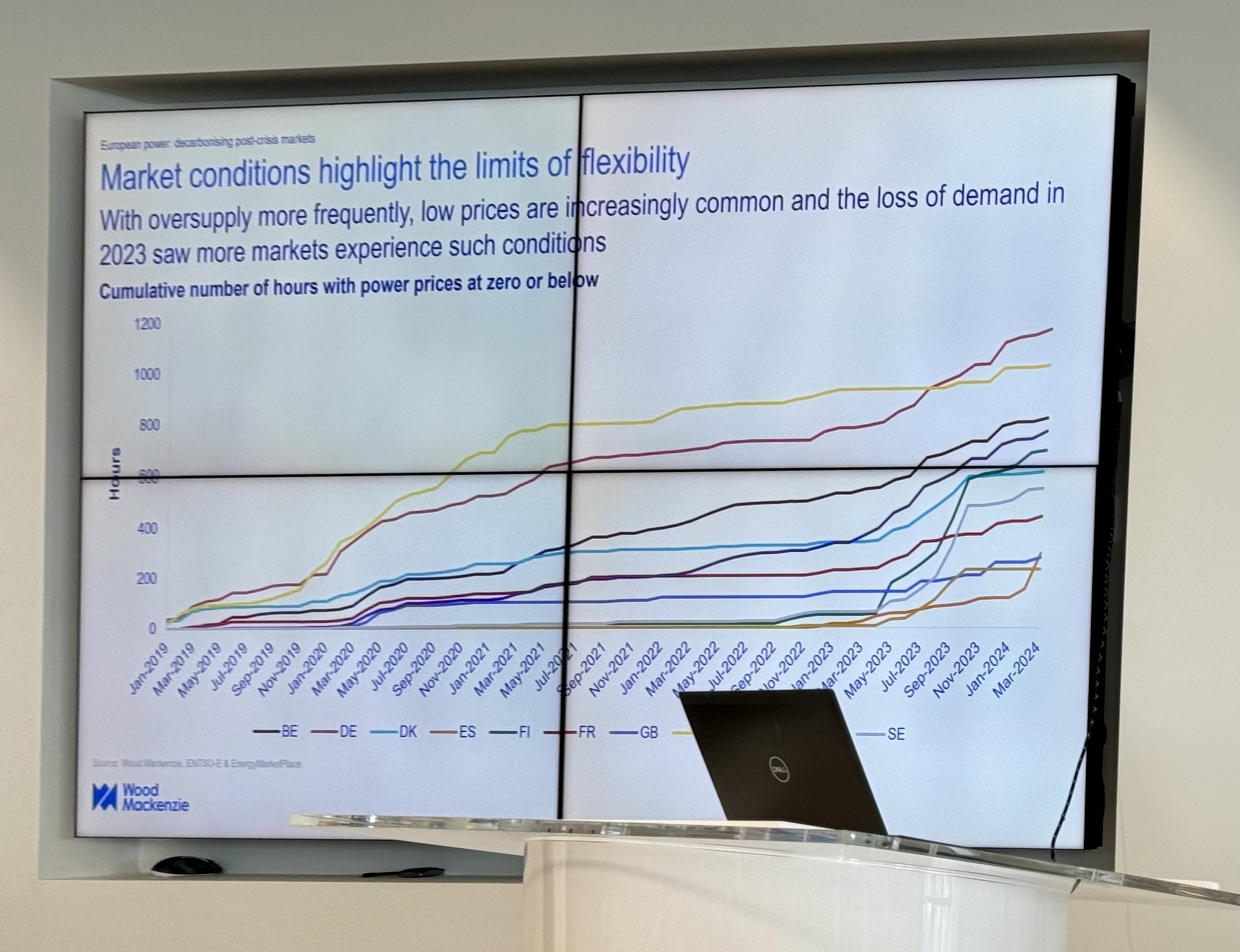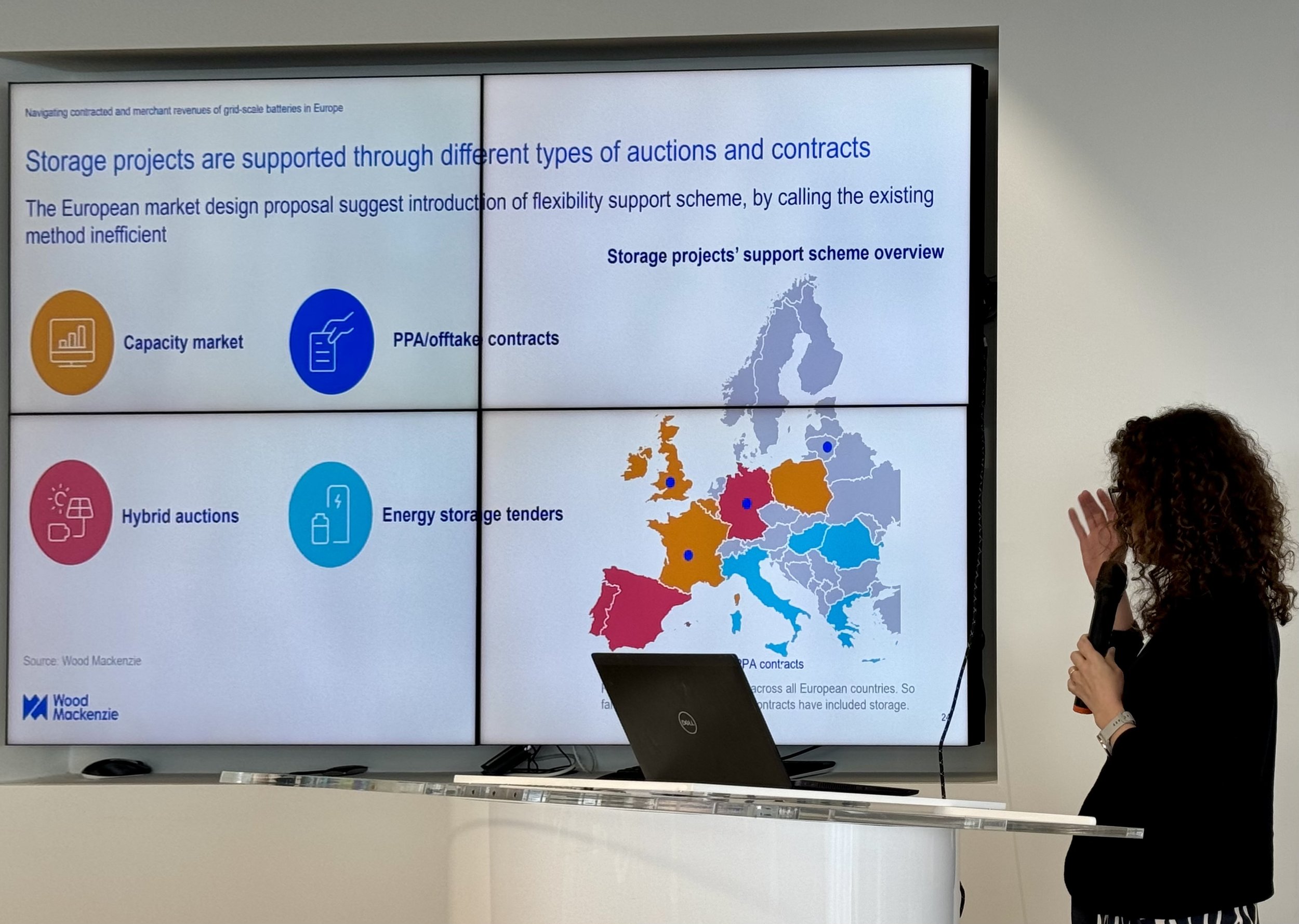Source: DESNEZ
DESNEZ hosted a webinar on 06 February 2025 to provide an update on the REMA process. This was the first update since December.
Timeline
The plan is to decide on which policy options will be implemented by mid-2025.
The decision will be aligned with CfD AR7.
New consultations will be launched toward the end of 2025 on how to implement the selected policy option best
No final decision has been made so far.
National Pricing
REMA reforms would be in addition to the NESO reforms, and the following options are still under consideration:
Reform of the TNUoS charges to send stronger locational signals and link the charges to the “planned” network build. —> This would mean that ofgem has to abandon their new “cap and floor” model.
Incremental reform to the balancing arrangements in cooperation with NESO:
Reduce the settlement period duration
Introduce a less attractive last-minute imbalance price to make it less attractive to “game the system.”
“Physical notifications” must match traded positions
Incentivise market participants to “self-balance” when the system is tight
Lower the capacity threshold for assets to force more of them into the balancing market
Introduction of pay-as-cleared mechanism
Align gate closure and market trading deadline
Only new storage assets can receive non-firm grid connections
Make greater use of Strategic Planning
Give NESO new tools to manage interconnector flows
Zonal Pricing
DESNEZ is considering this topic from a whole-system approach and would either introduce zonal pricing or choose to send location signals through TNUoS.
DESNEZ is looking at the Nordics as an example of zonal pricing mechanisms
Price zones would be set to match the actual transmission constraints in the GB Power market
A day-ahead auction would be introduced for intra-zonal trading, with the available transmission capacity acting as a limit for how much can be traded
Each price zone would have its own balancing market
Financial Transmission Rights (FTRs):
FTR Obligations, the holder receives payment equal to the positive market price differential between the source and sink zones, but the holder is obliged to pay the price difference when the price differential is negative.
FTR Options, the holder receives payment equal to the positive market price differential between two areas, but the holder does not have to pay when the price differential is negative.
Legacy Contracts
DESNEZ is aware that all reforms would affect legacy contracts and assets and reforms will take several years to be implemented.
CfD assets would be protected for the length of their remaining tenor
A bespoke financial protection scheme is under consideration for other assets that would be a separate contract that has to take locational volume into account. This might require separate legislation for implementation, and it would be challenging to calculate the revenue impacts of the reforms.
Policy decisions will influence the design of CfD AR7 to include potential risk mitigations
